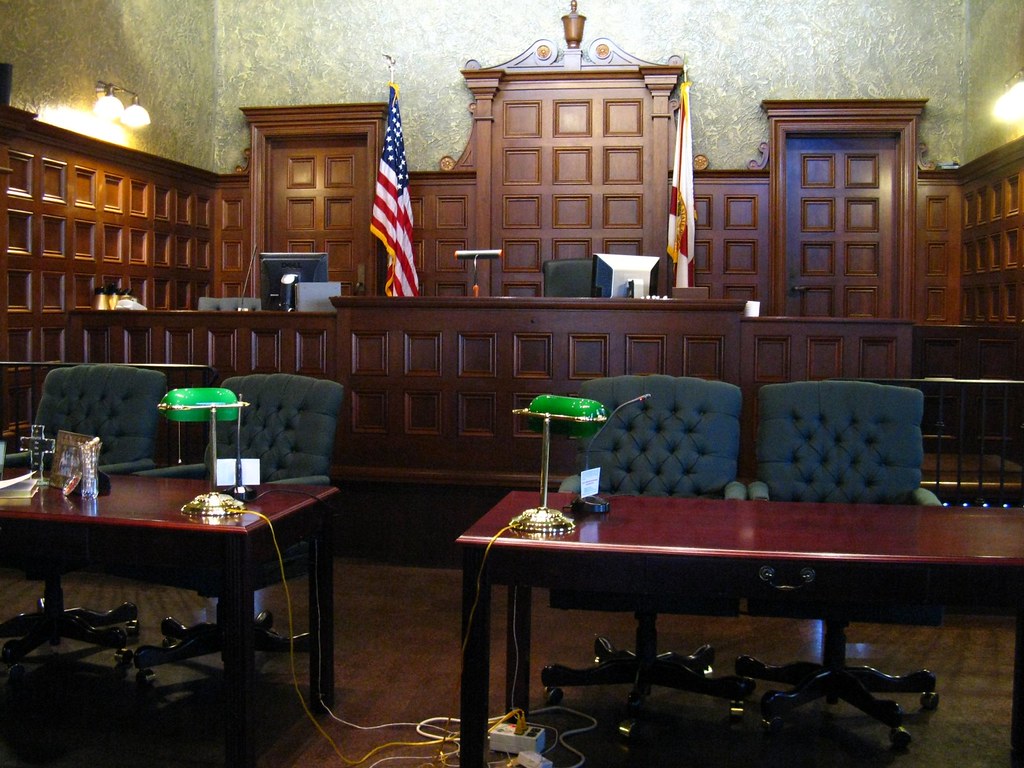5: The Courts

Image credit: “Courtroom” by srqpix is licensed under CC BY 2.0.
Learning Objectives
This section examines the structure and function of the criminal courts in America. It examines the concept of jurisdiction and describes the dual court system (the federal court system and the various state court systems). This section also examines the role and function of the various courtroom participants—the people who work in the courts. After reading this section, students will be able to:
- Describe how a crime/criminal case proceeds from the lowest level trial court up through the U.S. Supreme Court.
- Illustrate the appeals process in the American criminal justice system.
- Discuss the function and selection of state and federal judges and prosecutors in the American criminal justice system.
- Discuss the importance of the criminal defense attorney in the American criminal justice system.
Critical Thinking Questions
- What is jurisdiction, and what types of jurisdiction are there?
- What is a dual court system?
- How is the Louisiana court system structured?
- What is the principle of orality, and how does it work in the American trial courts?
- What does the appellate process look like in the American court systems?
- Who are the members of the courtroom workgroup, and what are their roles and responsibilities?
- What is the general order of the pretrial and trial process, and what happens at each stage of the process?

